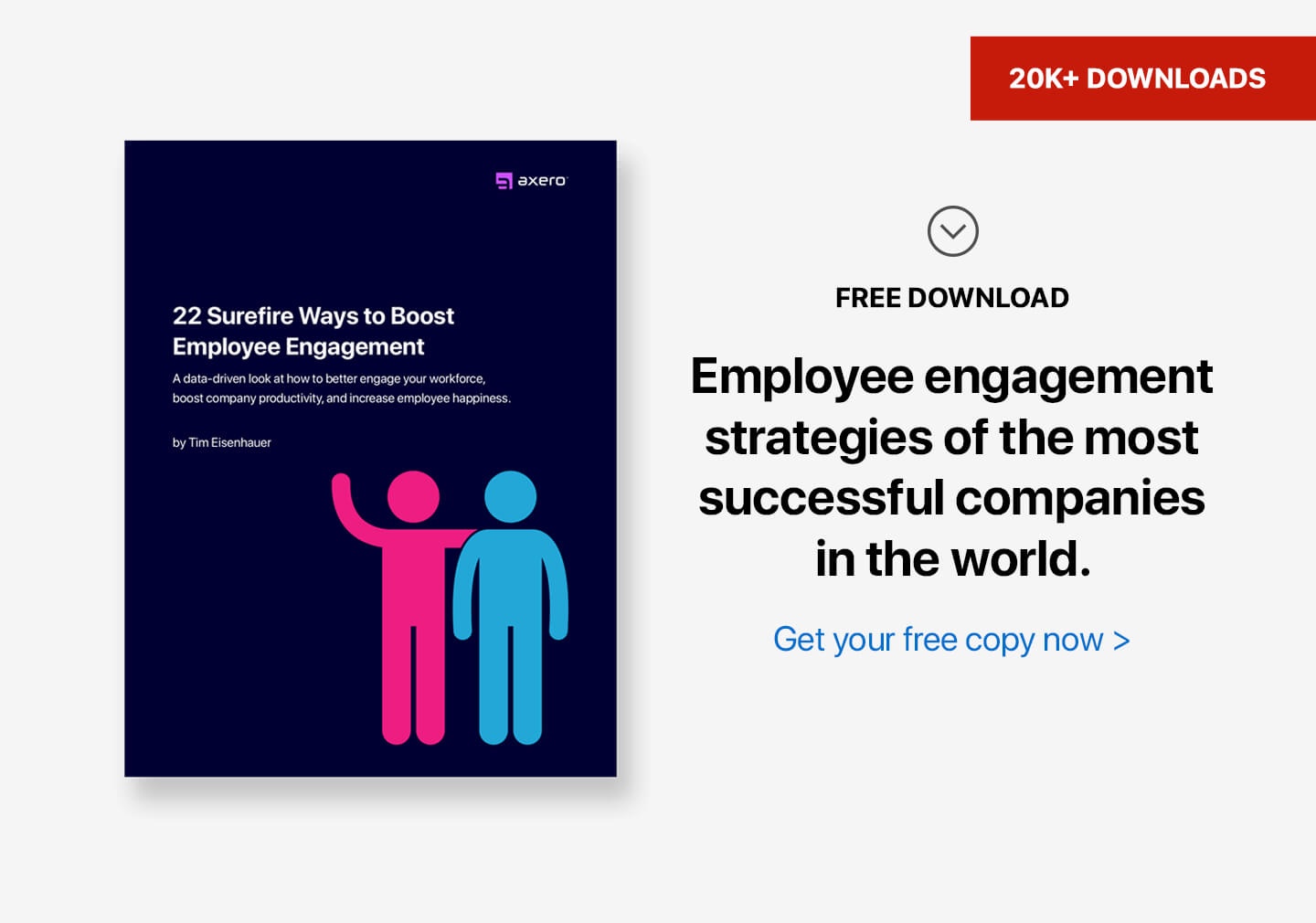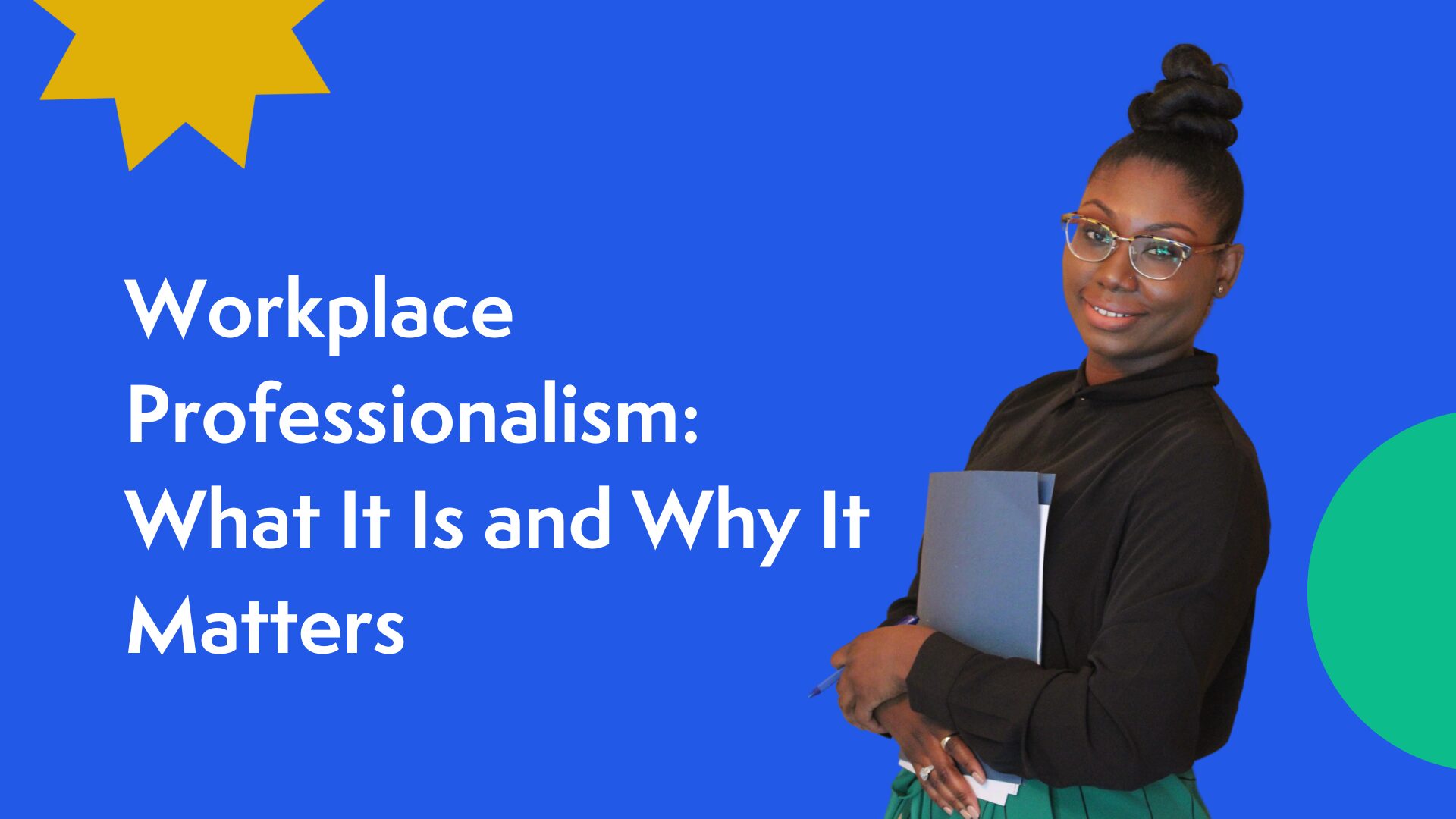Why does Warren Buffett still trade stocks? I mean, the guy doesn’t need the money. He doesn’t need the fame either. Or, rather, he can’t do anything about it. He’ll still be rich and famous, even if he stops trading.
So, what’s the point?
I didn’t have a clue until I stumbled upon a scholarly article about dopamine-deprived mice. These otherwise healthy animals would starve themselves to death even though their favorite food was within easy reach. They didn’t care enough to get it.
The researchers concluded, “In the dopamine-depleted state, these mice are not motivated to engage in goal-directed behaviors.” The same article also quotes an earlier experiment in which the mice showed “difficulties to initiate activity and loss of exploratory behavior and curiosity.”
So, on the one hand, you have an elderly billionaire who works like crazy to make money. On the other, you have a young mouse that won’t budge to save its life. Neither behavior makes sense unless you figure in a brain chemical that dictates whether something is worthwhile.
Dopamine.
If my guess is correct, Warren Buffett’s brain is swimming in dopamine, especially when he is working on his investments. So he has plenty of motivation, despite the absence of a reward. He makes—and occasionally loses—a lot of money. But if money means nothing to him, then he is working for free.
You probably saw this coming as soon as I mentioned the disengaged mice: Wouldn’t you rather have someone like Warren Buffett working for you than someone like these mice?
Obviously, you want employees who love to work, not the ones who despise and avoid it. Part of the responsibility to love one’s work rests with the employee. However, there is a lot an employer can do to make the job rewarding and even addictive.
Science has shown that a dopamine-deprived mouse and a dopamine-rich one are two different animals. Can it be the same with employees? We know that it works at least in one direction: motivated new hires can lose their drive.
Occupational psychologists talk about “honeymooners”—enthusiastic new employees whose motivation flags as soon as they settle into the job. But what about reverse honeymooners? Can a company rekindle an employee’s waning enthusiasm? Can managers hold on to it and strengthen it well past the honeymoon period?
Industry has been long poring over the same kinds of questions—only regarding consumers. And the results are encouraging. In February 2017, Warren Buffett increased his stake in Apple to 133 million shares, worth $17 billion at the time. Buffet, who is notoriously technophobic, had only recently gotten himself a smartphone, and a Samsung at that. However, he had noticed how other people got hooked on Apple products. Once a customer, they continued to rely on their devices for dopamine spikes and were likely to return to the store for new releases.
Apple has produced enough customer addiction to make itself safe for Berkshire Hathaway to park its cash. And it’s not the only technology company looking to become a habit. Dopamine Labs, a startup owned by two neuroscientists, sells its code to developers who can insert it into any app to “increase user engagement and positive reinforcement.”
“The dopamine API is a tool that allows any app to become addictive. The premise is really straightforward… people don’t just love that burst of dopamine they get from a notification, it changes the wiring of the brain.” 1
If companies can get us addicted to slick apps and shiny devices, what’s keeping them from getting us addicted to… work? Just as the field of user experience (UX) is gathering considerable momentum, so is the debate about its propensity to do evil.
The creators of Dopamine Labs recognize the potential for abuse, but they are confident that the benefits outweigh the risks. The company has also developed an app that helps users fight addiction to other apps. “We’re not about starting or stopping. We’re about giving people that choice of who… and how… they want to be.”
Professor Adam Alter, who teaches marketing at NYU and writes about addictive technologies, is not so sure. He thinks user addiction has become part of the economy, and some companies cross the line between good and evil just by playing in the marketplace.
“Something like a bicycle or a calculator didn’t need to be addictive to be valuable. But for a product like Facebook, success and user addiction are the same thing.” 2
“… But driving toward engagement at all costs is a fundamentally unethical way to design products… Silicon Valley is being roiled by the realization that its effort to fix the world via code may be backfiring.” 3
This would not be the first time in history a company profited by consumer addiction. Recall another one of Buffet’s famous long positions—his 1988 purchase of $1billion of Coca-Cola stock. (When launched, Coca-Cola’s chief ingredient was cocaine.) So, how big of a deal is today’s Internet economy’s obsession with addictive UX?
“After all, many of life’s greatest passions and satisfactions are rewarding and somewhat addictive — surfing, collecting antiques or hunting for mushrooms, for instance. Satisfying work can be addictive as well. In Alter’s estimation, any of these things could become dangerous addictions if one loses the ‘ability to choose freely whether to stop or continue the behavior’ and experiences ‘adverse consequences’ in life.” 4
All I can say is that the signs are pointing toward using addictive technologies to increase employee engagement. If we‘re not there already, we can expect the arrival and spread of these technologies in short order.
My faith in the free market keeps me more optimistic than Dr. Alter. If companies unleash legions of dopamine-targeting apps, they will compete for our brain space against each other. And competition is always good for the consumer.
The other point that helps me sleep at night is my faith in human nature. Dopamine is not a rogue hormone. Like other feel-good hormones, it is there to help us find satisfaction in things that matter. To build habits consistent with our long-term good. If you wonder what these habits might look like in the workplace, I’ve laid out twenty-three of them in my book, Who the Hell Wants to Work for You?
These habits will give your company plenty of dopamine, without making you a villain (or turning your people into zombies). They will help your people create addicting products the old-fashioned way—by caring about your customers. And they will help management and employees decide how to best use technology. Because no matter what moral dilemmas arise, one thing is sure: you will use technology. So it might as well be addicting.
Just ask Warren Buffett about his smartphone!
_____
If you like dopamine, you might like my book, because it’s an addicting read!
_____
[1] Dopamine Labs slings tools to boost and reduce app addiction by Jonathan Shieber, TechCrunch, February 13, 2017
[2] “Subtle and insidious, technology is designed to addict us” by Tim Wu, The Washington Post, March 2, 2017
[3] “The rise of the Like Economy” by Victor Luckerson, The Ringer, February 15, 2017
[4] “Subtle and insidious, technology is designed to addict us” by Tim Wu, The Washington Post, March 2, 2017












 info@axerosolutions.com
info@axerosolutions.com 1-855-AXERO-55
1-855-AXERO-55


